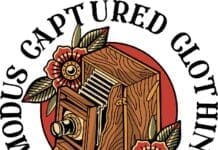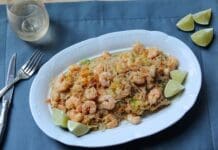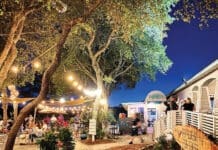By Helen Petre
Blooms of fall bring butterflies, gathering sweet nectar provided by the colorful flowers. Nectar provides energy for migration and egg production. Flowers and butterflies are abundant on recently burned pine savannahs, where flowers have sun and room to bloom.
Gulf Fritillary (Dione vanillae)
The most common butterfly in the fall is the Gulf Fritillary, which lays its eggs on passionflower (Passiflora incarnata), so the caterpillars can eat the leaves. While Gulf Fritillaries use lantana and other flowers for nectar, lantana is an invasive nonnative and poisonous to animals. Since animals cannot eat the leaves, nothing inhibits its invasive spread.
The adult Gulf Fritillary lives for only two weeks. Adults migrate north in spring and south in fall.
Gulf fritillaries, like monarchs, have chemical defense mechanisms, which make them unpalatable to predators.
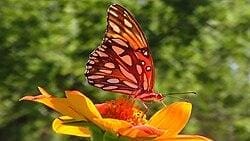
Blazing star (Liatris species)
Gulf Fritillaries are especially attracted to Liatris, feeding on nectar before their southern migration. Liatris attracts other butterflies, such as swallowtails, hairstreaks, monarchs, and buckeyes, as well as native bees and moths. There are many species of Liatris native to Florida, and different species often grow together in dunes and pine savannahs. Common names include blazing star and gayfeather. All have lavender flowers and bloom from August to October.
Liatris grows best in disturbed areas and scrub, areas prone to wildfire, and recently burned areas. If there is no disturbance, pines overgrow, preventing sunlight from reaching the ground, and preventing Liatris from growing. This demonstrates the importance of natural areas and fire. Liatris is also threatened by coastal development.

Frostweed (Verbesina virginica)
Frostweed blooms with pretty, terminal white flower clusters in late summer through fall and grows tall among liatris and goldenrod on the edges of woods, in disturbed areas, and in the dunes. It is a food source for butterflies, especially monarchs, as well as native bees.

Sweet goldenrod (Solidago odora)
Sweet goldenrod leaves smell like licorice when crushed. There are many species of goldenrod, but sweet goldenrod is the only one that is aromatic. Sweet goldenrod is an important nectar source for native bees and moths. No goldenrod species causes hay fever. Goldenrods bloom from August to September along with ragweed, so people often erroneously attribute allergies to goldenrod. Ragweed has windborne pollen. Goldenrod pollen is carried from flower to flower by native bees. It is not windborne, so it cannot cause hay fever.
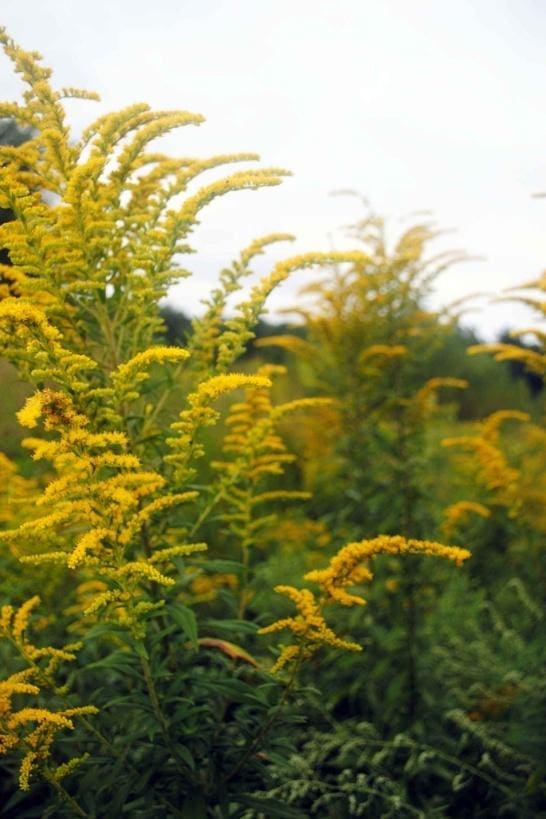
Ragweed (Ambrosia artemesifolia)
Ragweed is an annual, native species, but it is invasive and a noxious weed. It blooms from July to October and induces allergies due to copious amounts of windblown pollen. The seeds contain oil, which is coveted by birds.

All of these fall-blooming plants are important food sources for butterflies, birds, and native bees. Fall provides an amazing display of wings and blooms. Enjoy the native ecosystems!
Helen Petre is a retired USDA biologist and college biology professor. She spends her time volunteering, teaching, and writing science articles to share her interests with future generations.


